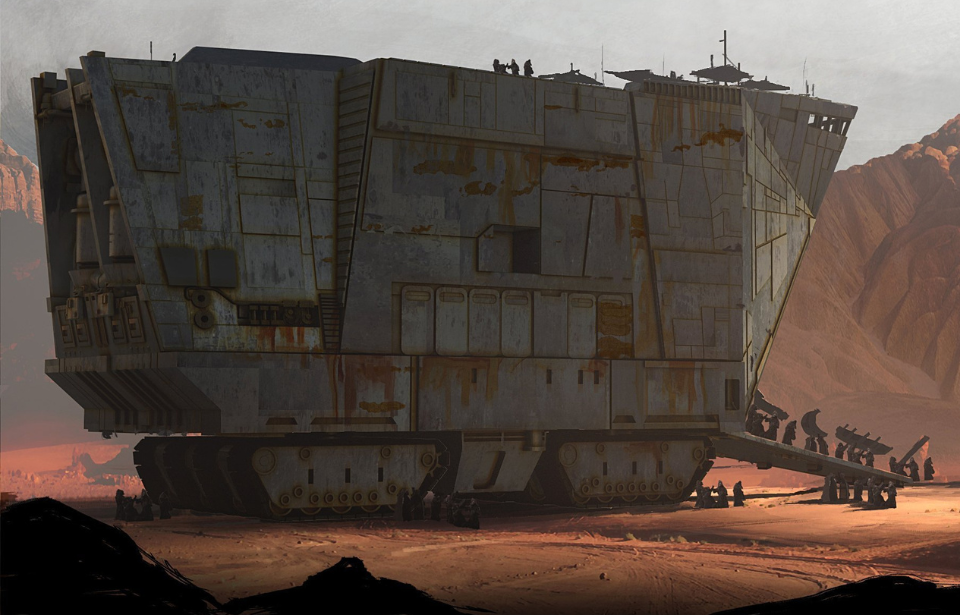In 1976, when George Lucas shot Star Wars, filming almost started a real-life war between Tunisia and Libya. Tatooine, Luke Skywalker‘s home planet, was filmed in Tunisia, near the Sahara desert. During the two-week period that the Star Wars crew spent in the North African country, the scenes showing the Jawas, the small scavenger aliens, and their large Sandcrawler led Muammar Gaddafi to threaten Tunisia with war.
Star Wars and the Sandcrawler
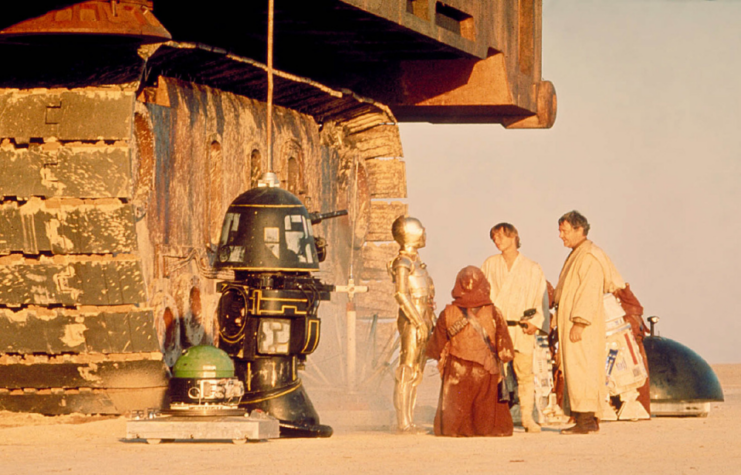
The now-famous Sandcrawler from Star Wars (1977) was a large tracked vehicle used by the Jawas to travel around Tatooine. In this warehouse-like vehicle, they carried around the droids they took and sold to locals. At full size, it was 37 meters long and 18 meters tall. That being said, only a 27-meter-long lower section was constructed for filming.
NASA rovers inspired the Sandcrawler’s design, which had large tracks on the bottom. It was a brownish-red/rust color.
Tensions were high between Libya and Tunisia
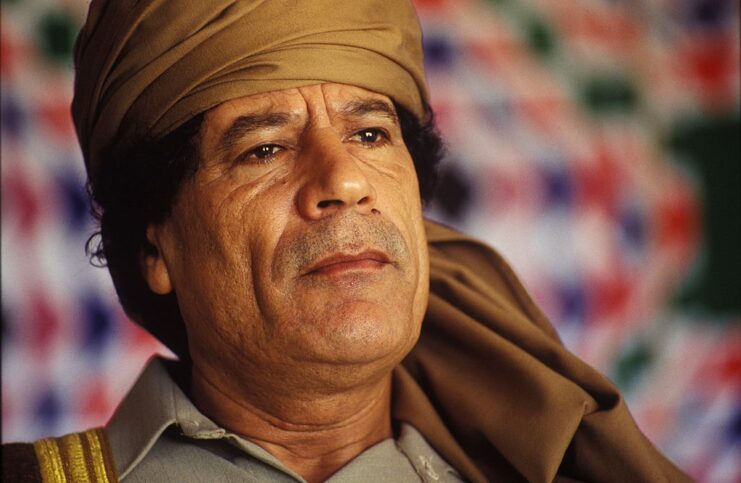
Libyan armed forces patrolling the border reported that a large military vehicle lay nearby. Believing Tunisia was preparing to invade, Gaddafi demanded the country “immediately cease its provocative deployment of a massive military vehicle near the border.” He also said that, if Tunisia didn’t do so, war would be inevitable between the two nations.
Gaddafi had an uneasy relationship with most of the world in the 1970s, but, while filming, his relationship with Tunisia seemed to be even more turbulent. In the same month filming began on Star Wars, Libya expelled thousands of Tunisian workers. As well, a failed coup d’etat to remove Gaddafi had taken place the year prior. To make matters worse, Tunisia claimed Libya had planned to assassinate the country’s prime minister.
Tensions were extremely high, and the model of an alien vehicle almost pushed them over the edge.
Resolving the situation
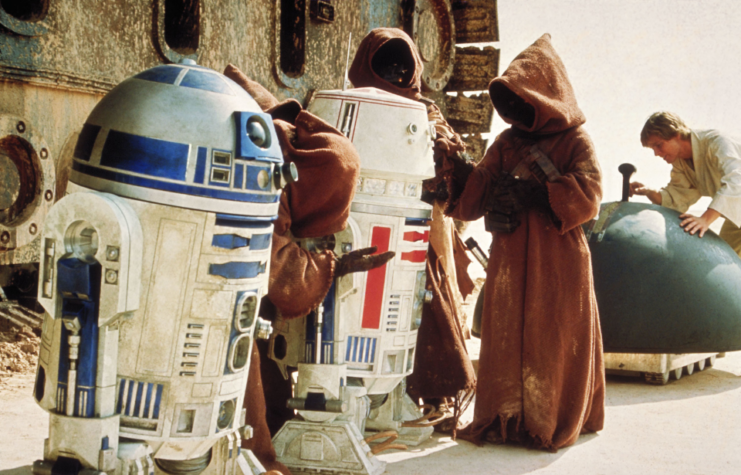
If the entire Sandcrawler had been built, then it might have been easier to explain. That being said, only the tracked lower sections had been constructed. With it being the first Star Wars film, Lucas had very little to stand on.
To stop the situation from getting out of hand, production was moved from the border; not wanting to take any chances, reshoots for the Tatooine scenes were filmed in Death Valley, California.
It’s unclear whether or not Lucas returned to Tunisia to film the later instalments in the franchise. Some sources say he did, while others state the Mojave desert was used for Tatooine in the later film, Return of the Jedi (1983).
Sandcrawler in the Star Wars universe
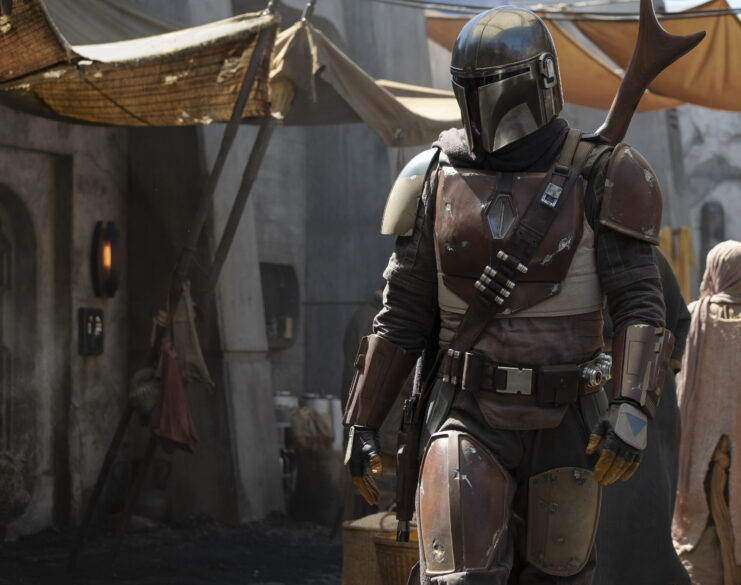
Despite almost starting a war, Star Wars did extremely well, resulting in the popular sequel, Star Wars IV: A New Hope (1977). The original film was a box office success, grossing $775.8 million.
More from us: POW Camp 198 Was the Site of the ‘German Great Escape’
Both the Sandcrawler and the Jawas have become fan favorites, appearing in other films within the franchise, including Star Wars: Episode I – The Phantom Menace (1999), Star Wars: Episode II – Attack of the Clones (2002) and Star Wars: The Rise of Skywalker (2019). The Sandcrawler has also made an appearance in the Disney+ series, The Mandalorian (2019-present).
